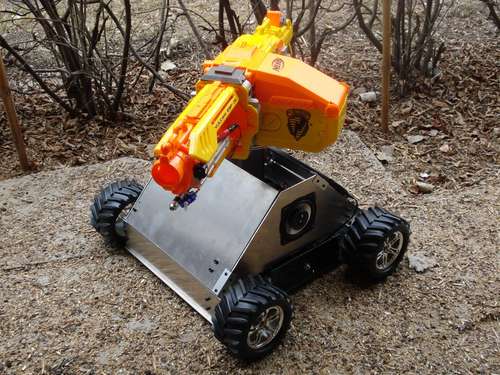
Researchers from North Carolina State University have developed a single “unified” device that can perform both volatile and nonvolatile memory

In a first-of-its-kind experiment, University of Vermont roboticist Josh Bongard created both simulated and actual robots that, like tadpoles becoming

Researchers have developed a curvilinear camera, much like the human eye, with the significant feature of a zoom capability, unlike the human eye. The

More and more robots are being designed to handle the jobs now done by white-collar office workers. For instance, the HRP-4 humanoid robot ($350,000),

Scientists at the University of Massachusetts Lowell laugh in the face of Intel

They walk, they dance, they...perform surgeries? Take a look at some of the best robotic creations of 2010!
Watson the super computer has defeated the two greatest human champs in the history of "Jeopardy."

Vats of blue-green algae could one day replace oil wells in producing raw materials for the chemical industry, a UC Davis chemist predicts. Shota Atsumi, a

Engineers at the University of California, Berkeley, have shown that it is possible to reduce the minimum voltage necessary to store charge in a capacitor,

(Medical Xpress) -- As the most common and deadliest form of cancer, lung cancer kills 1.4 million people per year worldwide, according to the World Health Organization. While current treatments may improve the survival rate when the cancer is caught in its early stages, the five-year survival rate for late-stage lung cancer can be less than 1%. Now some patients with advanced lung cancer may have another tool to combat the disease, as Cuban medical authorities announced on Tuesday that they will begin selling the world’s first therapeutic vaccine against lung cancer.

(PhysOrg.com) -- Although materials scientists have theorized for years that a form of super-dense aluminum exists under the extreme pressures found inside a planet’s core, no one had ever actually seen it. Until now.